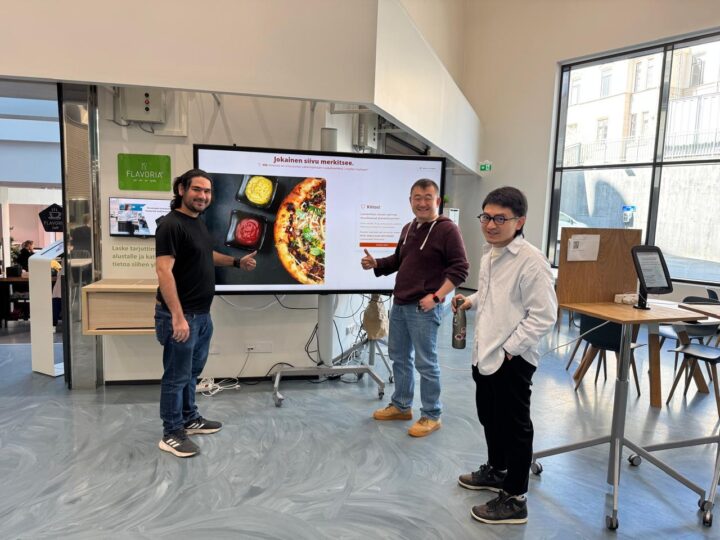Engaging Diners: Exploring Active, Passive, and Two-Way Communication on Interactive Screen
To understand how interactive screens can effectively drive user engagement and validate our Affordance-Based Design Model, we conducted three distinct experiments at Flavoria. Our primary focus was to explore how different forms of communication, passive, active, and two-way, influence diner behavior and participation in a real-world self-service environment. This research aimed to move beyond theoretical concepts by demonstrating the practical application of our design model in fostering user-driven actions.
Our experiments investigated three communication modalities:
- Passive Communication: Information is presented to the user without requiring any direct interaction or input. The user is a recipient of information.
- Active Communication: The interactive system prompts the user for input or action, and the user responds directly to this prompt. It involves a one-way interaction from user to system.
- Two-Way Communication: This involves a reciprocal exchange where the system provides information or prompts, the user responds, and the system then reacts to the user’s input, creating a dialogue.
Each experiment represented one of these communication modalities:
1.Passive Communication Experiment: This experiment utilized a rush meter display that provided real-time information about restaurant busyness without requiring any direct user input. The goal was to observe if simply presenting information could subtly influence diner behavior. The results indicated minimal behavioral change, suggesting that passive information displays alone are often insufficient to trigger significant user actions or engagement in this context.
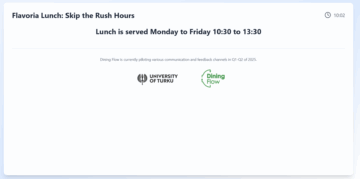
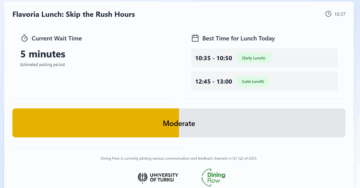
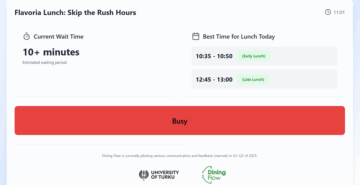
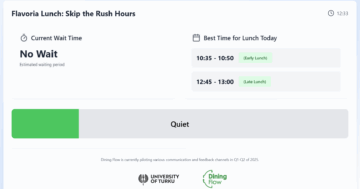
2.Active Communication Experiment: Here, we introduced an animated polling interface that invited users to provide input on a specific topic. This required a conscious decision and action from the diners. This approach achieved an engagement rate of approximately 6.04%, demonstrating that providing a clear call to action and an easy input mechanism can significantly increase user participation compared to passive displays.
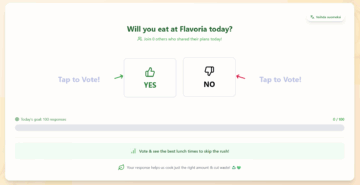
3.Two-Way Communication Experiment: The final experiment implemented an interactive food waste pledge system where diners had to slice relatable food items using a digital knife. This system allowed diners to not only interact but also receive feedback and see the collective impact of their actions, fostering a more reciprocal interaction. This two-way communication proved most effective, achieving an engagement rate of approximately 7.49%. Furthermore, the completion rate for the pledge in this experiment was around 55%, indicating a strong commitment once users initiated the interaction.
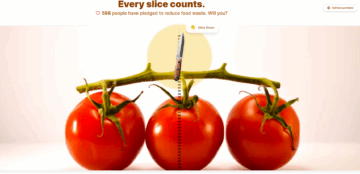
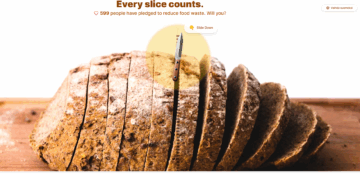
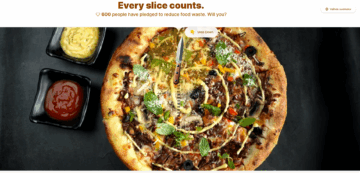
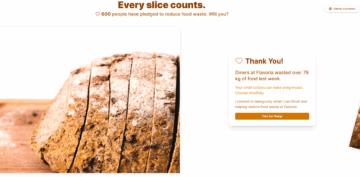
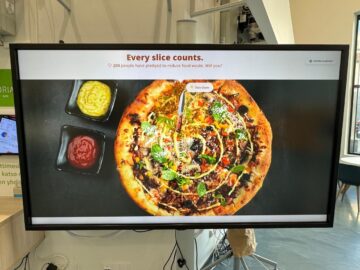
The findings from these experiments offer concrete insights into designing interactive screens that effectively influence user actions. While passive communication showed minimal impact, both active and especially two-way communication demonstrated measurable success in engaging users. The higher engagement and completion rates observed in the two-way interaction highlight the importance of two-way communication in fostering user engagement. For self-service restaurants and other public interactive settings, these results underscore the potential to enhance operational efficiency, encourage positive behaviors like reducing food waste, and create more responsive and user-centric digital displays by carefully considering the communication modality employed.
Note: These experiments are published as part of the thesis from Muhammad Ismail Khursheed available at: https://urn.fi/URN:NBN:fi-fe2025062473262

